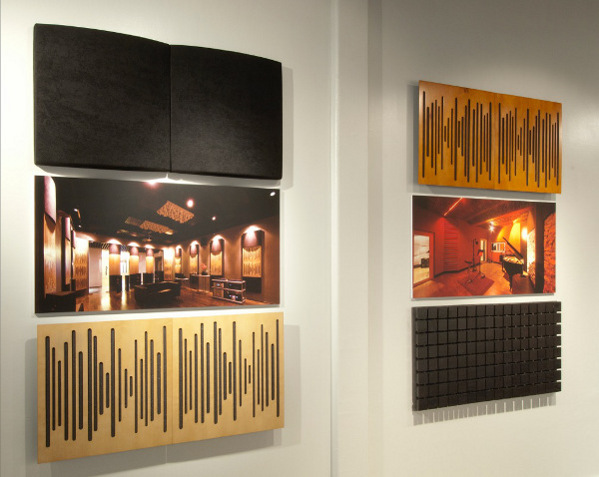Kudos to Vicoustics company. Simple, yet very neat and effective idea. Not to mention very affordable too.
I hope they have a booth in the upcoming CES show, so we can see them ourselves personally and hear the differences.
Thanks, Kris, for sharing this with the readers.






























































